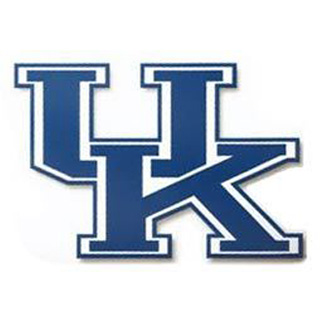
The researchers were believed to have discussed the ‘fencing response’ as about instant physical reaction to a moderate-force brain injury. This research was led by Jonathan Lifshitz, an assistant professor in the UK Spinal Cord & Brain Injury Research Center (SCoBIRC).
Lifshitz elucidates the fencing response as forearm posturing which appears to resemble the ‘en garde’ position in competitive sword fighting. It could perhaps also seem to be as a defensive boxing pose.
For the purpose of better understanding this criterion, Lifshitz along with his team reviewed nearly 2,000 head injury, concussion and knock-out videos on YouTube. This seems to have been performed in order to become aware of the impacts to the head, where the person did not get up immediately.
While reviewing three- dozen videos, they observed that approximately two-thirds demonstrated an athlete’s immediate forearm reaction to an impact involving the head. This kind of injury could perhaps be mainly seen in football and mixed martial arts.
“We could see that the fencing response frequently takes place before the player even hits the ground,†says Lifshitz.
Among the videos, there appears to have been a crash of Baltimore Raven Willis McGahee and Pittsburgh Steeler Ryan Clark on Jan. 18, 2009, in an AFC playoff game. The researchers noticed that the players’ head-to-head collision, which left both laying on the field for an extensive period of time, evidently showed McGahee’s immediate fencing response.
The fencing response could perhaps be indicative of blood vessel and neuronal damage in a significant brainstem region. The brainstem region is known to control the sense of balance.
Lifshitz further stated that, “The observation of the fencing response can help coaches and trainers make immediate and future return-to-play decisions.â€
Lifshitz claimed that the results of the research seem to provide coaches and trainers at every level of sports with the ability to identify independently the seriousness of an impact which involves the head. However, it was particularly for those involved in recreational and school contact sports at the elementary, middle and high school level.
The findings of the research have been published in a scholarly journal called as Medicine and Science in Sports and Exercise.
